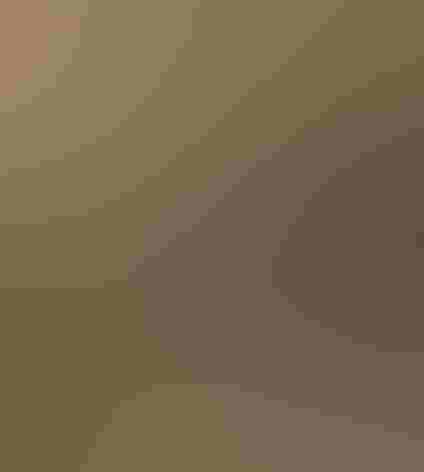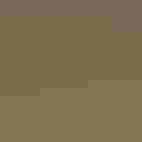Sagebrush Sparrow
At a Glance
In shrubby open flats of the West, such as the broad sagebrush plains of the Great Basin, the Sagebrush Sparrow is a common bird. It is often seen running about on the ground, with its longish tail cocked up above the level of its back; when perched up on a shrub, it twitches its tail in a down-up motion like a phoebe. This bird and Bell's Sparrow were formerly lumped under the name of Sage Sparrow.
All bird guide text and rangemaps adapted from by Kenn Kaufman© 1996, used by permission of Houghton Mifflin Harcourt Publishing Company. All rights reserved.
IUCN Status
Least Concern
Habitat
Desert and Arid Habitats, Fields, Meadows, and Grasslands, Shrublands, Savannas, and Thickets
Population
5.400.000
Range & Identification
Migration & Range Maps
Birds from Great Basin mostly move south into deserts in winter.
Description
5-6" (13-15 cm). A pale, drab sparrow with a gray head, white whisker mark, white spot above the lores, dark chest spot. Often bobs tail while perched; runs on ground with tail raised. Inland form of Bell's Sparrow very similar, but lacks streaks on back.
Size
About the size of a Sparrow
Tail Shape
Notched, Rounded, Square-tipped
Habitat
Dry brushy foothills, chaparral, sage; in winter, also deserts. Breeds in brushy open country. In northern and eastern part of range, mainly in stands of big sagebrush; farther southwest, mainly in saltbush, chamise, and other low shrubs of arid flats. Winters in dry chaparral, open flats with scattered brush, deserts.
Sign up for ³Ô¹ÏºÚÁÏ's newsletter to learn more about birds like the Sagebrush Sparrow
Behavior
Eggs
3-4, sometimes 2-5. Bluish white to pale blue, variably spotted or blotched with brown, gray, and black. Incubation lasts about 13-16 days.
Young
Probably both parents feed the nestlings. Young leave the nest about 9-11 days after hatching. A pair may raise 2 broods per year.
Feeding Behavior
Forages mostly on the ground, picking up items from the soil or from plant stems, sometimes scratching with its feet. Also does some feeding up in low bushes. When not nesting, often forages in small flocks.
Diet
Mostly seeds and insects. Feeds on many insects, especially in summer, including grasshoppers, beetles, true bugs, leafhoppers, ants, and many others, also spiders. Also eats many seeds of weeds, grasses, and shrubs. Young are fed mostly insects.
Nesting
Male returns to same nesting territory each year, defends it by singing from a raised perch. Nest site is usually in low shrub (usually in sagebrush or saltbush, depending on habitat), less than 4' above the ground. Sometimes placed on the ground under a shrub. Nest is a bulky open cup, made of twigs, sticks, lined with fine dry grass, weeds, sometimes animal hair.
Conservation
Conservation Status
Still common and widespread in Great Basin region, numbers probably stable.
Climate Threats Facing the Sagebrush Sparrow
Choose a temperature scenario below to see which threats will affect this species as warming increases. The same climate change-driven threats that put birds at risk will affect other wildlife and people, too.






